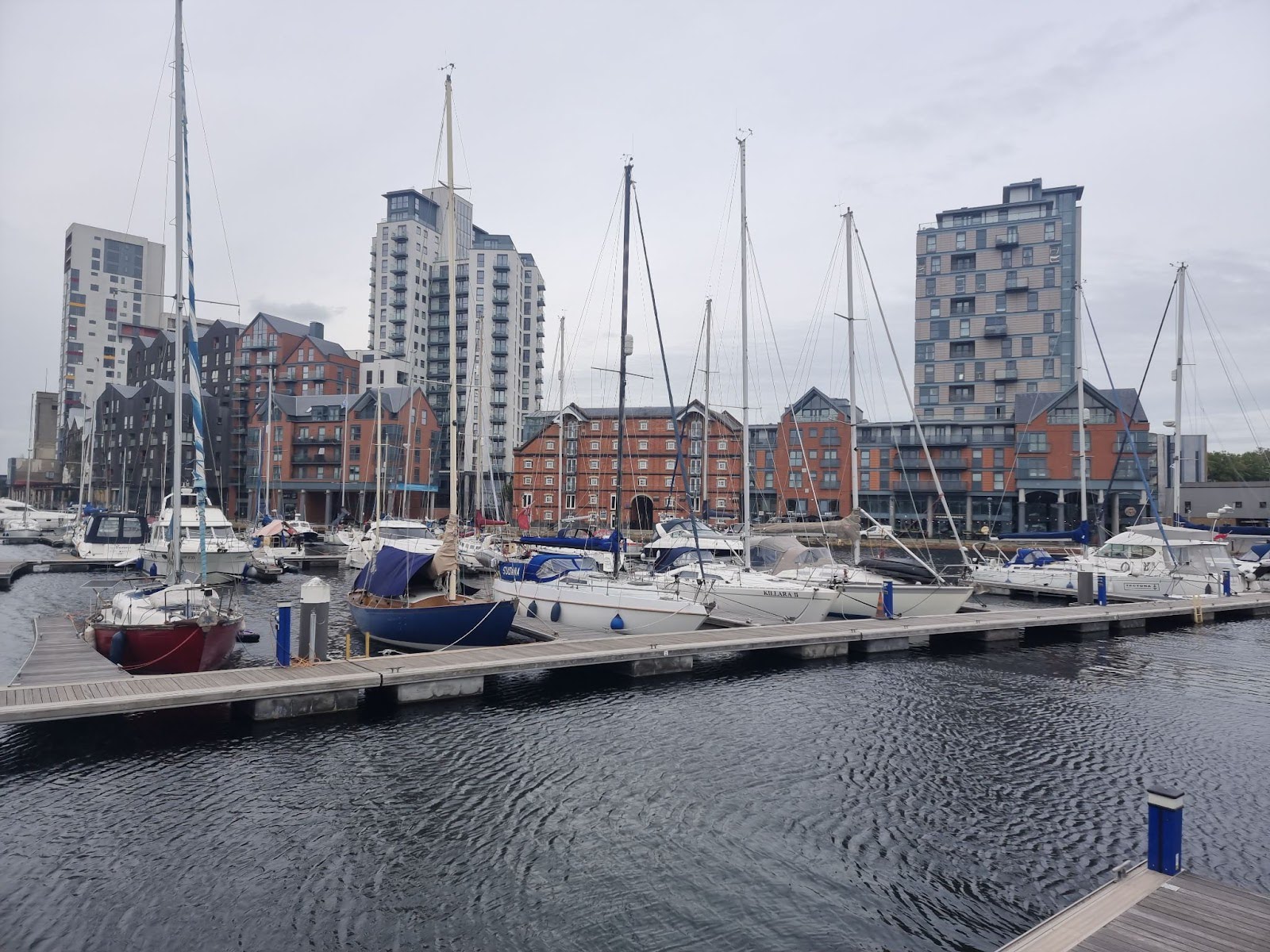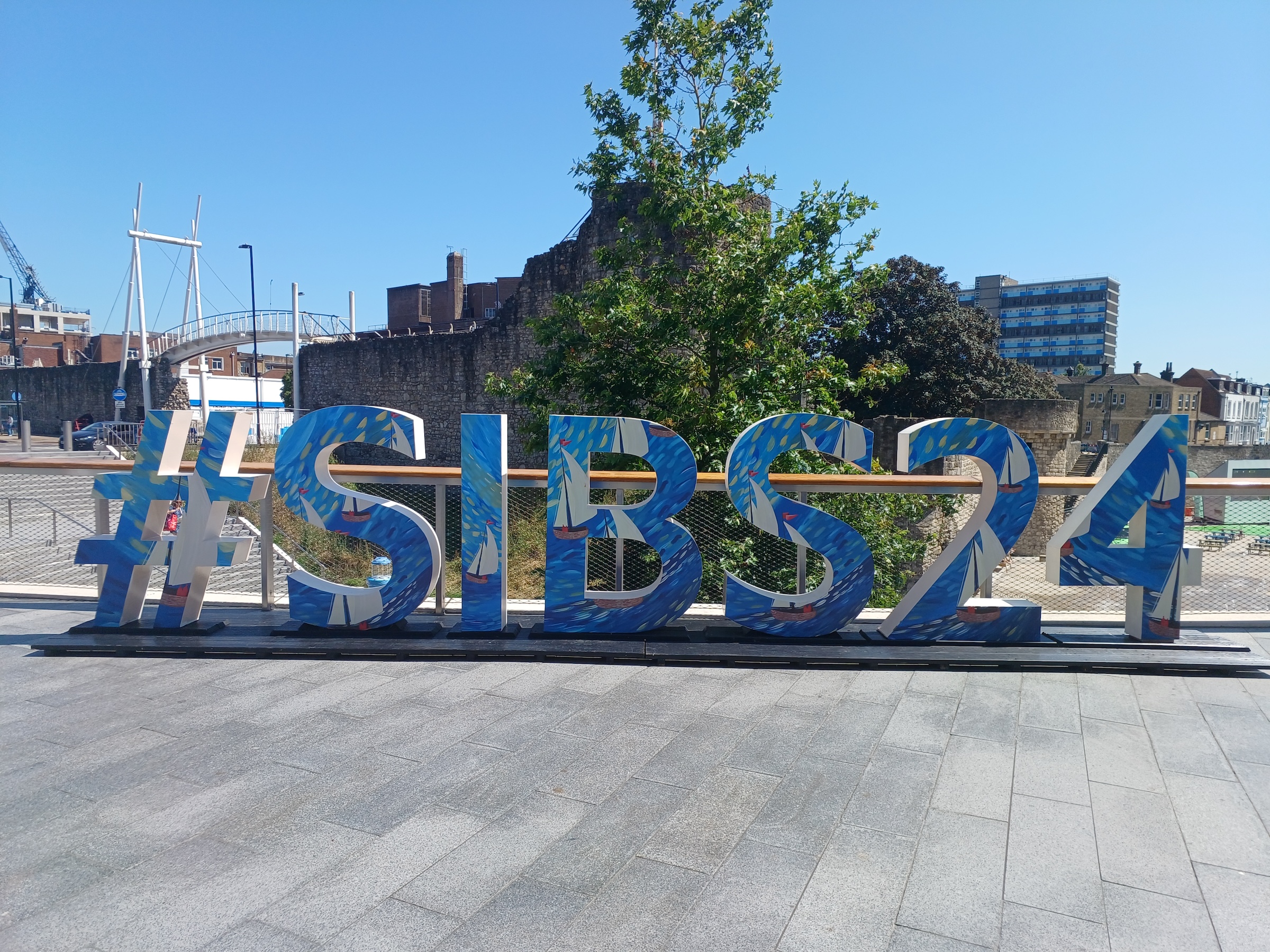All around the world, there are people who, out of choice or necessity, live aboard their vessels throughout the year. Whilst on a sunny afternoon they are envied for their simple, uncluttered lives, the colder months present a number of challenges even to the hardiest of liveaboards.
Dealing with Condensation
In addition to the cold temperatures of winter months, living aboard is exacerbated by condensation that results from living in a confined space on the water. The irony is that humans depend on heat in order to survive but when that warm air comes in to contact with cold surfaces it creates condensation. This moisture in warm air settles and condenses onto cold surfaces such as windows, metal around sinks, fastenings and through hulls and this, in turn, affects electrics, finishes, adhesives, and can allow mould and other microorganisms to start growing which can smell, and is one of the components in the development of rot in wood.
Here are some fundamentals of what happens on board during cold conditions: Warm air holds water, cold air doesn’t, but it’s wholly impractical to live on a vessel with permanently opened hatches. It would be a miserable existence, but it’s a fact that an unheated boat interior with open hatches would help maintain a similar moisture level with the exterior, and this would stop vapour from building in the air, and in turn condensing on cold surfaces. It would be sensible especially when cooking to let the warm evaporated liquids escape as opposed to settling on interior surfaces.
A completely impractical and expensive alternative, and highly questionable from an environmental perspective, would be to keep the onboard heating system running with all hatches open so that when moisture levels build it would disperse through openings. Surfaces would remain warm and stop any water from condensing on them. It’s essential to avoid ingress of water or rainwater from directly coming through those same openings, so they need to be sheltered in some way. All part of the challenge of living on the water!
The crux of the problem is that any warmth that’s trapped in a boat will also hold moisture and all the associated problems. Ensure therefore that plenty of air movement is allowed inside a boat, whether the boat is heated or not.
Measures implemented as a daily routine will go a long way to ensuring air circulation and this includes opening all areas that are usually closed: cabin doors, heads, lockers, drawers, and engine room to list only a few. This practice would allow air to move more freely.
It would be wise to remove any items that can hold moisture which you don’t use regularly, such as fabric, cushions, books, rugs and any clothing. If this isn’t practical consider purchasing a clothes vacuum bag or clothes compactor. These are plastic bags with a one-way valve that can be attached to a vacuum which then sucks out all the air and moisture, ensuring that the items within remain mould and moisture free and helps keep moisture within the vessel controlled.
Essentials such as toilet paper, cloths and regularly worn clothing should be bagged and only removed when needed, so that they remain dry and reduces areas that absorb moisture.
Preventing Mould
Part of the daily routine should also include wiping down areas like the galley, head and eating tables with a mild bleach to stop the growth of bacteria and mould. This isn’t only a hygienic and comfort requirement but a health requirement too as bacteria can lead to respiratory issues. Be sure to search out for environmental alternatives to bleach, such as Ecover and Problem Solved Mould Remover.
If chemical sprays are contrary to your principles then why not try diluted vinegar sprayed from a bottle onto the affected surface. Leave on for a few hours, then scrub the mould with a brush. Tea Tree Oil, citrus seed extract, hydrogen peroxide or baking soda all have cleaning properties that kill mould spores. All these are worth looking at in greater detail.
The market is full of equipment that would assist the liveaboard through the cold. It would be prudent to invest in a solar vent. Retailing at about £60, a solar vent is powered solely by energy from the sun, can move a substantial amount of air which in turn prevents mould, condensation, mildew, musty odours and damp, and dependent on its location avoids heat build-up at the area being ventilated.
However challenging the control of condensation proves to be, heat is essential if the boat contains equipment that would be harmed by freezing. Water tanks, hoses and batteries will all malfunction if frozen, so some form of heating onboard is crucial.
Keeping Warm
There are a number of heating systems designed for vessels, and these run on diesel or electric. Electric just heats the air and therefore it’s essential to have a heater that has a fan built in. Diesel or fuel oil heaters must vent outside and they emit a permanent fuel smell in the boat. Any fuel system must be fitted by a qualified fitter due to the real danger of carbon monoxide poisoning. This was brought home to me when a boat owner died of carbon monoxide poisoning whilst on his boat merely a half mile from where I operate. This could’ve been avoided if the owner had a carbon monoxide detector on board. They’re less than £20 on Amazon, so buy one now.
Respected heater manufacturing brands include Ecomat, Eberspächer and Propex with many products for sale at prices in excess of £400. The market is full of cheaper alternatives which would be an option if the budget was an issue.
Another option is a heating bar or tubular heater. They’re relatively inexpensive and they are cheap to run. With an integral thermostat, they can operate in the background keeping the chill off the air and clear dampness. Make sure you buy one with a weatherproof IP44 rating - for use in areas and environments where water could come into contact with the heater. This is imperative for any seafaring environment.
Oil filled radiators have modernised immensely over the years and now you can buy a decent one for around £50. They’re sealed so there’s no risk of leakage, they come with all sorts of additions such as thermostats and timers, and they’re efficient too.
Propane heaters give off high moisture in their burned exhaust and also have the added danger of an open flame so best avoided unless you have no alternative.
Wood stoves are often found on narrowboats and barges and must be a serious option for the liveaboard. The dry heat produced by stoves pull moisture out of the air and generate convection. The downside is that they have to be maintained with someone in attendance and can be dirty when cleaning, but they’re a quintessential part of canal boats and barges and I cannot imagine a finer way to spend a winter's day than in front of one of these.
Controlling Humidity
Dehumidifiers are fantastic for removing moisture but they work better in a warm boat than a cold one! There are two basic types of dehumidifier: an electric dehumidifier that needs constant power and some maintenance, or a chemical desiccant that collects the water in a tray, the chemical dissipates when the water is collected through it and needs to be replaced on a regular basis.
The traditional form of a dehumidifier (and one that has now been around for several decades) uses a compressor to create a cold surface inside a box. The warm moist air is drawn over this surface and as it makes contact, the moisture condenses into liquid water. This moisture is then collected in a reservoir and the dry air is pushed back out into the room. They’re cheap to buy and run and also relatively low maintenance.
Wrapping Up
Having outlined all the options above I must quote the Norwegian saying, “There’s no such thing as bad weather, only bad clothes”, and this aptly applies to not only liveaboards but anyone who goes to sea or the outdoors. The savvy liveaboard will be appropriately dressed for all seasons including the winter, wearing multiple layers, appropriate gloves, hats and socks to protect their extremities. Keeping these clothes dry is an essential routine and if drying clothes in an enclosed cabin is more than one can bare it may be a good idea to source a laundrette nearby. If there’s one in your marina, all the better, if not then the local town will be the next option.
Overwintering can be made easier by sharing the experience with your neighbours. I recall helping a lady whose boat had run out of fuel in sub-zero conditions. We all towed her boat to the fuel berth and refilled her fuel tanks. Within the hour her vessel was heated once again, but more importantly, she made friends who looked out for her during the harsh winter months.
By getting to know your neighbours you can learn from their experience, share ideas, equipment and tips. Sharing is a human instinct, which is often found wanting in modern life, thankfully in my experience of boating, it remains a fundamental part of this unique and special community.
So, as winter approaches and hardened sailors withdraw to the comfort and warmth of their homes, spare a thought for those unique individuals who brave the elements and challenges faced with living aboard. I for one will make sure I look out for them.
Meuryn Hughes November 2018
Meuryn Hughes is a commercial skipper and Master of Yachts with over 25 years experience in the maritime industry. He is the founder and owner of OneOcean Limited, a maritime training and charter company based in Cardiff on the Bristol Channel and OneOceanTec, an online store selling marine and outdoor electronics and equipment.


